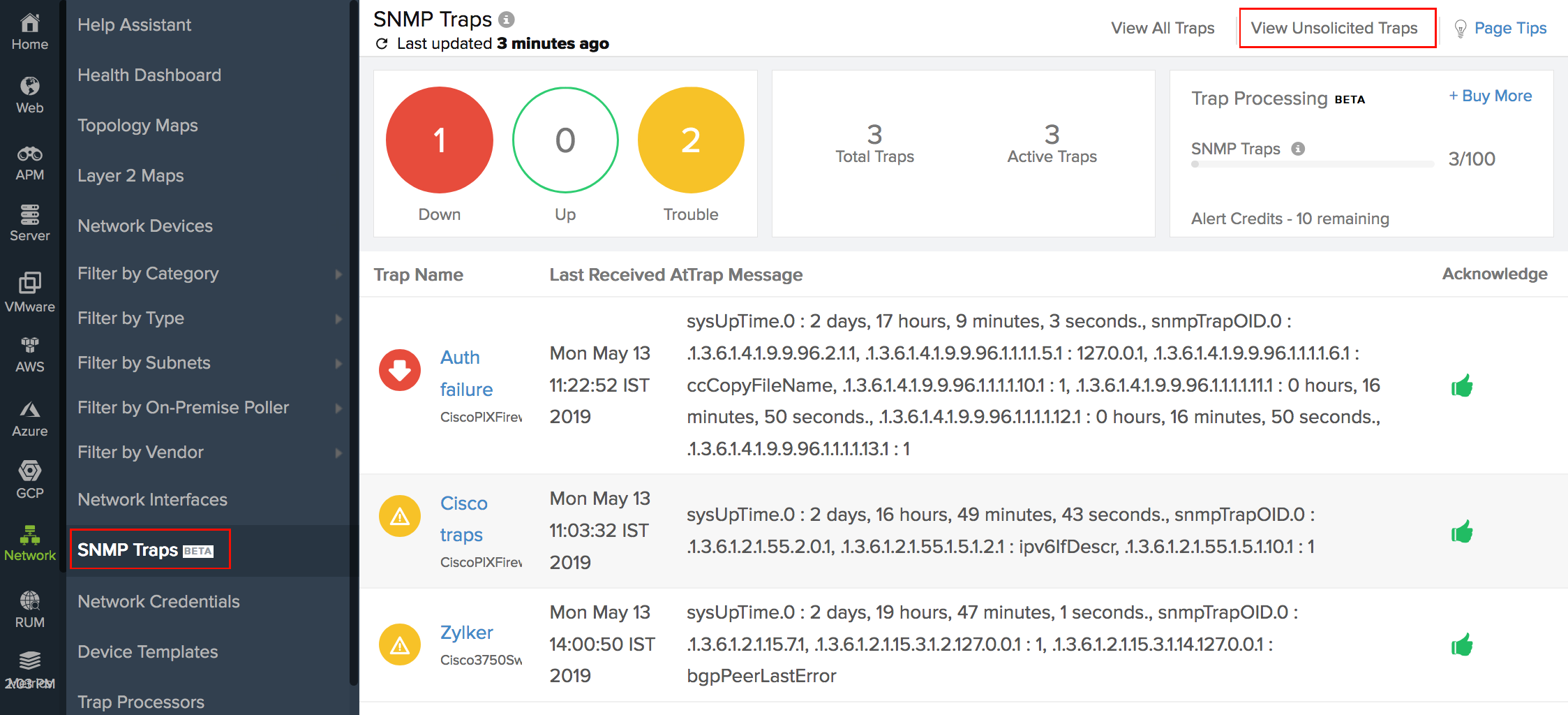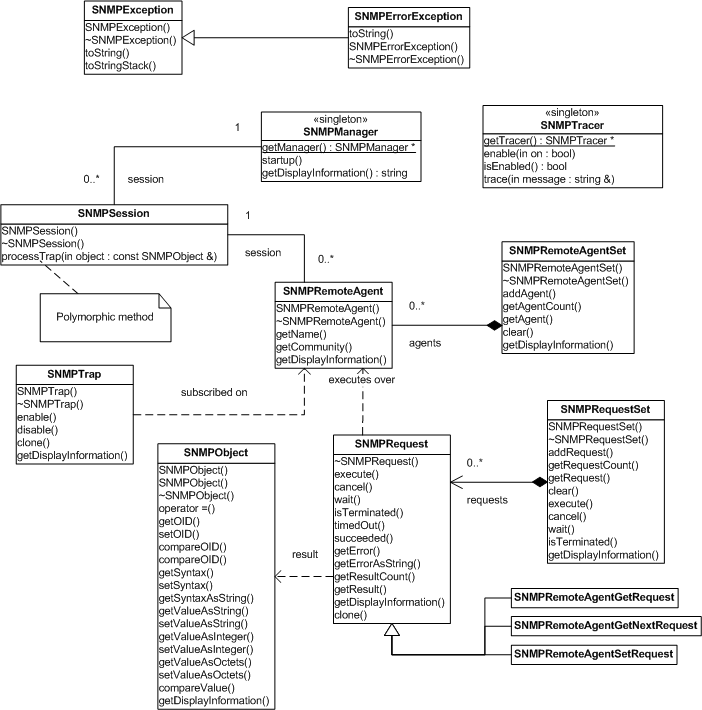

- #Snmp trap receiver java source code how to
- #Snmp trap receiver java source code full
- #Snmp trap receiver java source code code
- #Snmp trap receiver java source code download
GroupEP = new IPEndPoint(IPAddress.Any, port) Ĭonsole.WriteLine( " Waiting for messages.") Ĭonsole.WriteLine( " Processing new message.") Ĭ( " New message from ", datatype,output) &session.Int commlength, miblength, datatype, datalength, datastart, Objecttype, Objectlength Ĭonsole.WriteLine( " Initializing SNMP Listener on Port:" + port + ". (u_char *) our_v3_passphrase, strlen(our_v3_passphrase), Passphrase "The Net-SNMP Demo Password" (which must be at least 8 * set the authentication key to a MD5 hashed version of our

curityAuthProtoLen = sizeof(usmHMACMD5AuthProtocol)/sizeof(oid) curityAuthProto = usmHMACMD5AuthProtocol * set the authentication method to MD5 */

* set the security level to authenticated, but not encrypted */ Traps contain cryptic information not easily. SNMP trap parser is used to configure and parse the trap events. Trap Viewer can also show INFORM messages. It listens to one or more port at a time and the trap can be sent from any host. * Use SNMPv3 to talk to the experimental server */ Trap Viewer helps to view the traps received from SNMP agents. * set up the authentication parameters for talking to the server */

Snmp_sess_init( &session ) /* set up defaults */ * Initialize a "session" that defines who we're going to talk to We've picked SNMPv3 by default above, which is a bit more complex to understand so make sure you've read
#Snmp trap receiver java source code full
A full definition of this session can be found in the net-snmp/snmp_api.h header file.
#Snmp trap receiver java source code how to
Next, we'll initialize a session that describes who we want to talk to, what version of SNMP we want to use, how to authenticate to it, etc. Then, the first thing we must do is to initialize the snmp library:
#Snmp trap receiver java source code code
The MIB we'll be writing code for in the various pieces of the agent extension tutorialįirst, we must include some header files.
#Snmp trap receiver java source code download
Here are the files discussed in this example so you can download them:Ī simple makefile used to build the projects Its only purpose is to retrieve the value of a variable from a remote host. Here we discuss how to write a simple application.


 0 kommentar(er)
0 kommentar(er)
